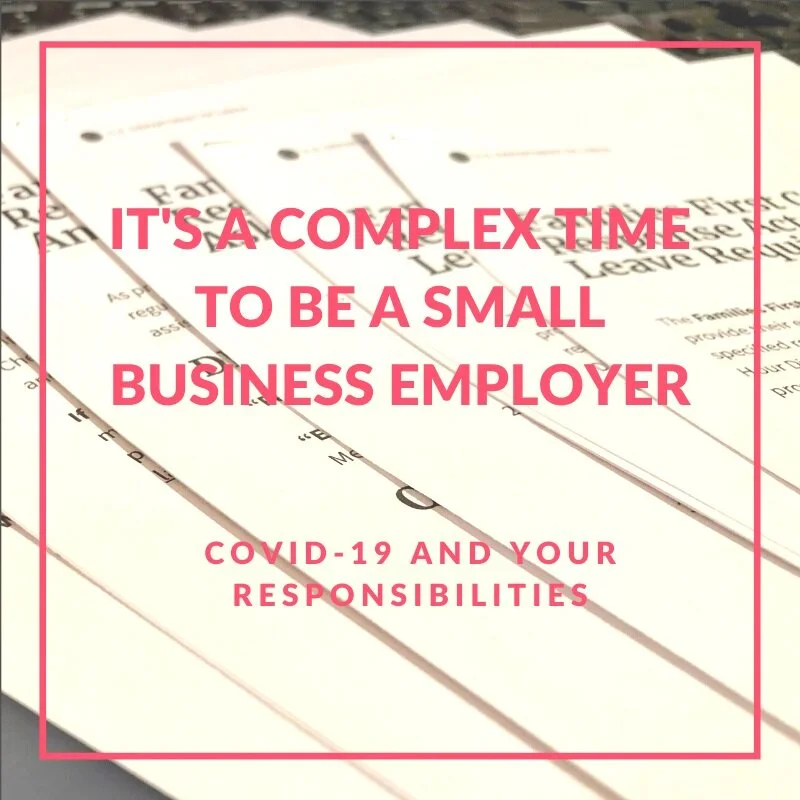Is your team stalled or continuously experiencing mishaps or dysfunction? Managers leading teams that experience repetitive 'issues' often feel battered and unable to right the ship. The first step is to understand what is causing the dysfunction among your team and then get to work correcting it. Patrick Lencioni's Five Dysfunctions of a Team gives us an excellent roadmap to correct the dysfunction and cultivate strong teams. Whether you have significant issues or a few small burdens, these insights will help.
In his book, Lencioni identifies that the five dysfunctions include:
Absence of trust—Unwilling to be vulnerable within the team.
Fear of conflict— Artificial harmony, not discussing real issues, conflict avoidance, unwillingness to speak up or listen.
Lack of commitment—Not involving team members in decision-making. Team members may be silent, but silence doesn’t necessarily mean agreement.
Avoidance of accountability—An unwillingness to hold each other accountable resulting in mediocracy instead of excellence. Team members duck the responsibility to call peers or superiors out on counterproductive behavior, which lowers the bar.
Inattention to results—Focusing on personal success, status, and ego before team success.
How do you build these capabilities among your team? While each team will be at various stages of development, here are some ideas that we have accumulated that can help grow these capabilities for your team.
1. Absence of Trust. Look for ways to model vulnerability among your team. One example is to include sharing opportunities during team meetings, such as an icebreaker asking: What was your biggest failure in the last month, quarter, or year. Be prepared for some awkward silence but hold out until one person on your team is brave and willing to share their failure first. Then, be ready to share yours too. This is an easy but important trust-building activity for teams.
2. Fear of Conflict. Artificial harmony looks like an unwillingness to share a counter opinion at a team meeting or in a 1:1. On the contrary, having a healthy debate and then a willingness to pick a direction and the whole team gets on board. How can you cultivate healthy conflict? First, practice having conflict on your team and then recognize teammates who willingly debate or offer a counter perspective. In your next team meeting practice conflict by debating first a fictitious situation such as which ice cream flavor is the best, pitting people/teams against each other. Other ideas are local favorite restaurants, and coffee shops (Starbucks vs. Dunkin, etc.). Then, practice with a real-life situation that you preselect. This type of debate is invaluable for the team. Regular practice will help the team get better and be more productive when real situations come up, and passionate debate is imperative to success.
3. Lack of Commitment. When making a decision as a team, silence is not agreement. Leaders need to be careful not to accept silence as agreement. Silence will provide surface-level agreement, and then team members will grumble in the hallway after they have left the meeting. Instead, encourage an active dialog before making a decision. People need to weigh in to be bought into a decision or concept. Brene Brown Ph.D. is an American research professor, lecturer, author, and incredible podcast host. She shares on her podcast that she often holds blind votes in her team meetings to prevent the first person from swaying the others and creating a popular opinion. Also, that prevents the leader's opinion from unfairly influencing others. A blind sticky note vote on which direction you’ll be going on a decision is not a bad idea, even on Zoom.
4. Avoidance of Accountability. This goes both ways, managers sometimes fail to be accountable to their team members, and team members sometimes fail to be accountable as well. In 1:1 meetings, are you asking for deadlines from your team members and then holding them to it? When can I expect to have that report in my inbox? Get a date and follow-up if the report is not done on time. At the same time, managers sometimes fail to follow through on their commitments; is anyone behind on quarterly or annual reviews? Make a point to get good at accountability by setting reminders, tracking deadlines, and bravely following up if things slide. Good management hygiene is a strong indicator of great leadership.
5. Inattention to Results. Team results have to come before the individual or personal outcomes. While one salesperson could be having record sales, the production team could be swamped as a result, causing the brand to falter. The whole team has to work together and be focused on overall results, not simply individual results.
Next steps?
After reading this identify the top 1-2 dysfunctions, your team may need to cultivate and begin implementing a plan to develop skills in this area.
Building Strong Teams - Training Opportunity:
Want to cultivate your skills of Building a Strong Team? Sign-up for the training series Building Strong Teams. This four-part training series will help leaders develop competencies to cultivate a strong team. Apply here.

























